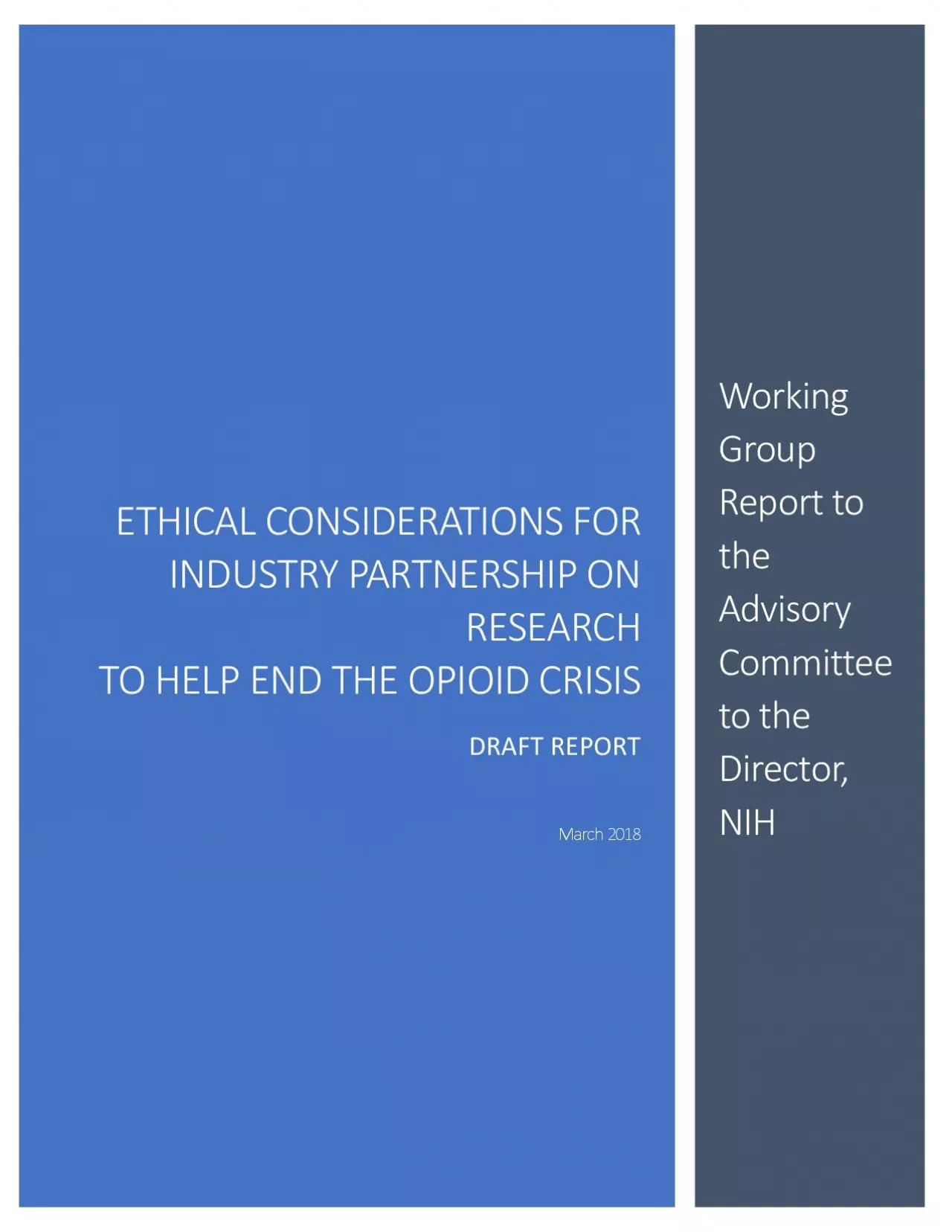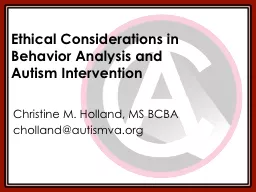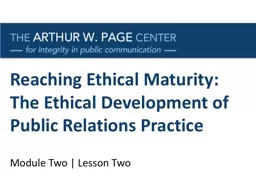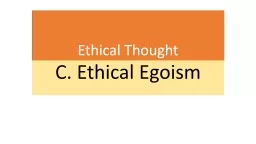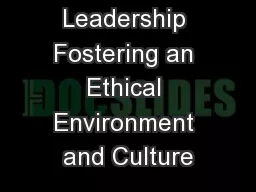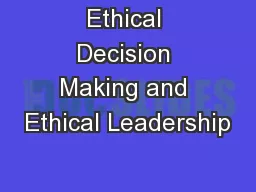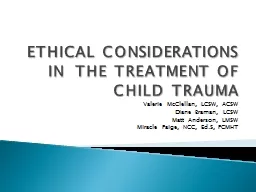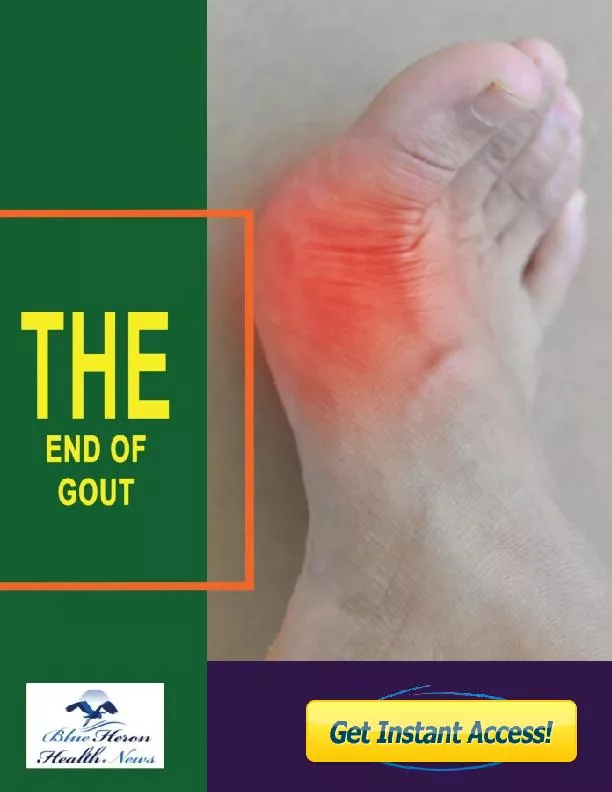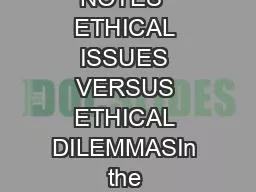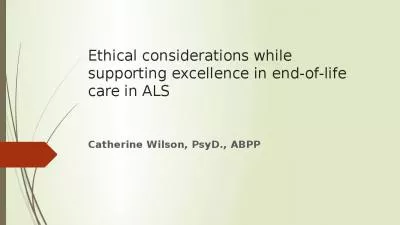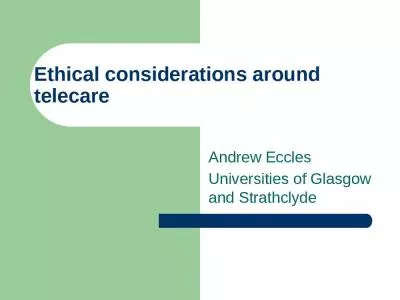PDF-ETHICAL CONSIDERATIONS FOR INDUSTRY PARTNERSHIP ON RESEARCHTO HELP END
Author : phoebe | Published Date : 2022-09-02
Working Group Report to the Advisory Committee to the Director NIH Charge to the Working GroupTo make recommendations about considerations and appropriate ethical
Presentation Embed Code
Download Presentation
Download Presentation The PPT/PDF document "ETHICAL CONSIDERATIONS FOR INDUSTRY PART..." is the property of its rightful owner. Permission is granted to download and print the materials on this website for personal, non-commercial use only, and to display it on your personal computer provided you do not modify the materials and that you retain all copyright notices contained in the materials. By downloading content from our website, you accept the terms of this agreement.
ETHICAL CONSIDERATIONS FOR INDUSTRY PARTNERSHIP ON RESEARCHTO HELP END: Transcript
Download Rules Of Document
"ETHICAL CONSIDERATIONS FOR INDUSTRY PARTNERSHIP ON RESEARCHTO HELP END"The content belongs to its owner. You may download and print it for personal use, without modification, and keep all copyright notices. By downloading, you agree to these terms.
Related Documents

